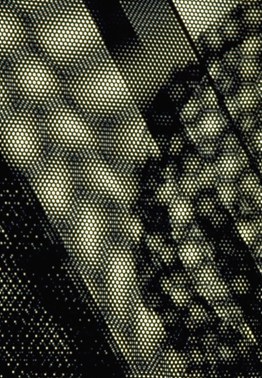| discover what is possible for human experience. Such discoveries, such predictions, such communications, constitute the domain of the arts. In looking back, both at my own teaching and that of others, I am impressed and saddened at how little of art has been included in science instruction. There are many common bonds between science and art. They both begin with noticing and recording patterns - spatial patterns, patterns in time, patterns of process and behavior. They both elaborate, reformulate, and ultimately link together patterns, in nature and meaning, which initially appeared as unrelated. Both art and science are involved with order-disorder transitions and the creation of tension and the relief of tension. Both endeavors are deeply rooted in culture and heritage; both expand our awareness and sensitivity to what is happening in nature, and in ourselves. | These commonalities have not been made use of in teaching and learning. But I now know that they can be linked because, at the Exploratorium in San Francisco, we have managed to let people look at parts of nature through the eyes of both the physicist and the artist. There has not even been the need to announce "this piece is physics" or "that piece is art." We have only just begun, but, lo and behold, learning wonderfully appears for everyone - the youngest to the oldest - the poorest to the richest. If nothing in our society or our environment ever changed, we might not need the noticings and syntheses of art and science - basic education might truly then become the ability to read directions and to take part in commerce. But things do change, and the growing number of people inevitably contributes to the extent and rapidity of change. Humanity does not adapt to change genetically but only through the reaction of a culture that we rely on in order to make decisions, both technical and social, both private and public. These decisions, if they are to promote humanity, must be made, not only on the basis of what is possible, but also, and crucially, on the basis of the way we feel and react to what is possible. We can and do look to the scientists to discover ever new possibilities. We need also to learn from the artist for our decision making, for the artist can and does discover what is possible in human experience and what is fine and beautiful and important. Surely, then, it must be basic to education to be able to "read" the arts - the plays and poems and dances, the paintings and songs and sculpture and films that, each in their own way, can be so moving and so illuminating. But one cannot learn to read the arts without some experience in how they are made any more than one can learn to read words without first learning to use words to express meaning. If each of us is to use the discoveries of art in our decision making, we must, at some stage in our education, acquire a feeling for making those decisions and participating in them. | |||
 | ||||
Moiré patterns created by overlapping perforated metal screens was a piece in the Exploratorium’s lobby. | ||||